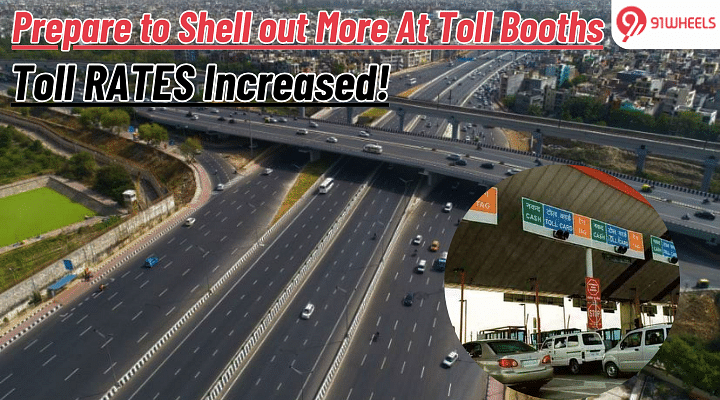
KEY HIGHLIGHTS
- Increased toll rates nationwide effective from April 1 2025
- Cars and jeeps toll hike up to Rs 10
- Trucks and buses face toll hike up to Rs 25
- NHAI justifies hike for highway maintenance and expansion
- Annual and lifetime toll passes under consideration by NHAI
Increased Toll Rates: If you are planning a road trip anytime soon, be prepared to shell out more at toll booths. The National Highways Authority of India has rolled out a fresh toll hike across the country that makes travel on national highways and expressways costlier from today i.e. April 1, 2025. This adjustment is part of the annual revision process aimed at aligning toll charges with inflation and rising infrastructure costs. Check out more details below and make sure you are a part of the elite 91Wheels WhatsApp Community to stay updated on the latest automotive news.
Read more: Volkswagen Tiguan R-Line Safety Features Revealed
How Much More Will You Pay?
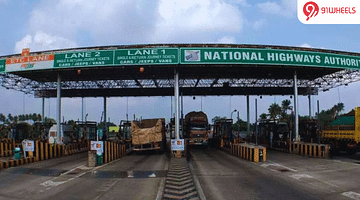
The increase in toll fees varies across highways and vehicle types. Private vehicles like cars and jeeps will see an increase of Rs. 5 to Rs. 10 per trip, while larger vehicles such as buses and trucks will face a steeper hike of up to Rs. 25 per trip. The impact of these new charges will be felt on major routes, including
Delhi-Meerut Expressway: The one-way toll for cars has increased from Rs. 165 to Rs. 170 for a trip from Sarai Kale Khan to Meerut. Similarly, Ghaziabad to Meerut now costs Rs. 75 instead of Rs. 70.
Delhi-Jaipur Highway: While toll rates for passenger vehicles remain unchanged at key plazas like Kherki Daula, larger vehicles will see around a Rs. 5 increase per trip.
Eastern Peripheral Expressway and NH 9: These routes, among others, are also witnessing revised toll rates, affecting thousands of daily commuters and commercial transporters.
Lucknow Highways: A notable increase has also been applied to various highways around Lucknow, further impacting regional and interstate traffic.
Increased Toll Rates: Why the Hike?
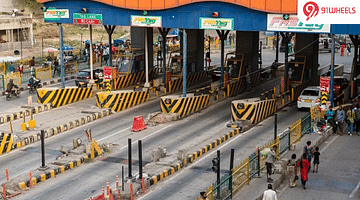
NHAI justifies the increase by stating that it is essential for maintaining and expanding the national highway network. The additional revenue will support ongoing infrastructure projects, ensuring better road quality, smoother connectivity and improved safety infrastructure. Officials argue that this systematic revision helps in keeping the roads well-maintained without imposing additional financial burdens on the government.
This toll hike follows a similar increase in June 2024, and this makes it the second revision within a year. As part of NHAI's annual review, toll rates are adjusted in accordance with the wholesale price index, which reflects inflationary trends. With over 855 toll plazas nationwide, the updated rates will impact both government-operated and concessionaire-managed highways.
NH Tolls Rates Increased: Impact
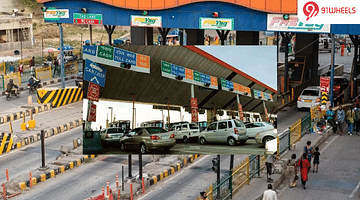
The toll revision has triggered a range of reactions from highway users. Some commuters understand the need for sustained infrastructure investment, while others express concerns over the frequent hikes. Many argue that higher tolls should translate into better road conditions and improved services.
Commercial transport operators are particularly concerned about the impact on logistics costs. With rising fuel prices and now increased tolls, the cost of goods transportation is likely to rise, potentially leading to inflation in other sectors.
Increased Toll Rates: Annual and Lifetime Passes In Consideration
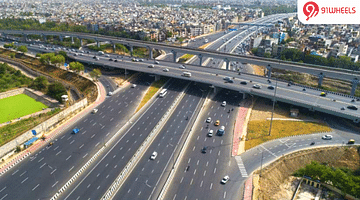
To address public concerns, NHAI is reportedly exploring options for annual and lifetime toll passes for frequent travelers. Though still in the proposal stage and not official, such passes could help regular commuters save money in the long run. There have also been discussions about implementing a subscription-based toll collection system to ease the financial burden on daily travelers. However, no official confirmation has been made regarding their implementation.
Read more: Cars to Be Launched in April 2025: Check out the List
Verdict
While the increased toll charges may pinch travelers, they are part of a broader effort to develop and sustain India's growing highway network. Whether this translates into visibly improved road quality remains to be seen. For now, travelers should be prepared for slightly higher travel expenses on their next highway journey. The question remains-will this additional revenue lead to significantly better roads, or will commuters continue to bear the financial brunt without notable improvements?





















